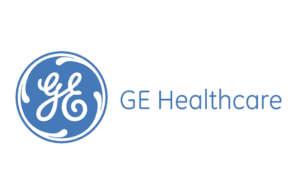 GE Healthcare (NYSE:GE) today announced that it has launched its MyoSpect cardiac-dedicated nuclear scanner.
GE Healthcare (NYSE:GE) today announced that it has launched its MyoSpect cardiac-dedicated nuclear scanner.
Chicago-based GE Healthcare designed the scanner to have an extended field-of-view processing with a new automated workflow. It features the company’s Alcyone technology and a CZT module design for a view of cardiac anatomy and pathology.
“Today, the need for healthcare innovation is stronger than ever,” Jean-Luc Procaccini, president and CEO of GE Healthcare’s molecular imaging and computed tomography, said in a news release. “Not only is demand for nuclear cardiac solutions increasing, but new and tough cardiac cases require a different approach to patient comfort, image quality, and workflow. That’s why we designed MyoSpect with all these factors in mind. Not only does MyoSpect offer extended field of view processing to help accommodate a greater variety of patients, but its digital CZT detectors and new automated workflow features also help expedite exams for fast, confident diagnoses.”
MyoSpect has a wider table and 76% increase in field-of-view volume to give clinicians greater positioning flexibility to accommodate more patients, according to GE Healthcare. The features create a tomographic imaging arc of the heart with motionless detectors so that every detector focuses on the heart simultaneously.
“From form to function, there has never been a more complete solution for cardiac imaging,” said Tali Sharir, director of nuclear cardiology at Assuta Medical Centers in Tel Aviv, Israel. “MyoSpect provides very good image quality for obese patients with short scanning times, easy workflow, and excellent patient comfort. Also, the system’s new capabilities – including Smart Positioning, extended field-of-view processing, and imaging protocol – helped us expedite our department’s typical two-day protocol to a one-day protocol instead.”
The system also offers clinicians two options for attenuation correction and evaluation, which include correct attenuation by combining perfusion images with separate CT images on Xeleris and evaluate attenuation artifacts by imaging both prone and supine positions without additional radiation exposure.